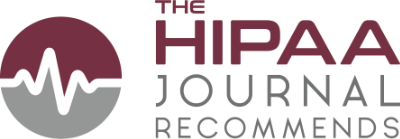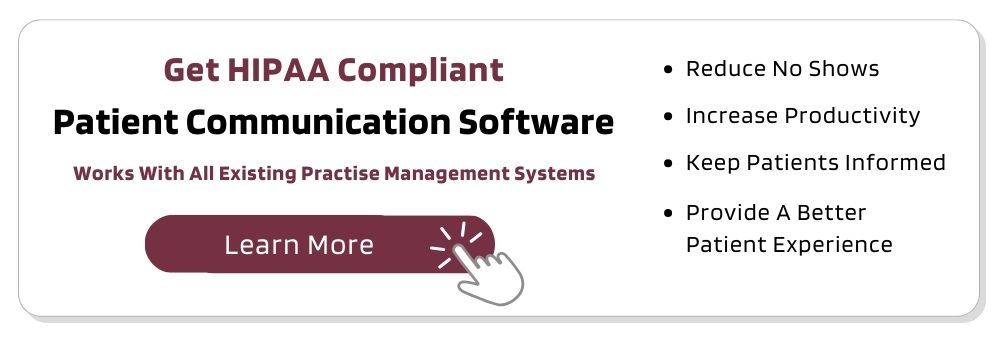Patient Workflow in a Hospital
A patient workflow in a hospital follows a patient through their entire hospital visit, from the point of admission to the point of discharge. During that healthcare journey a patient is likely to interact with many different healthcare professionals. It would not be unusual for a patient to interact with dozens of different employees in the hospital during a 7 day stay, including administration staff, nurses, physicians, and radiographers. Those healthcare professionals need to coordinate effectively throughout the patient journey in order to achieve goals for safety, quality, cost, and ensure a good patient experience.
While strategies may have been adopted to ensure the smooth flow of a patient through the healthcare system, there are likely to be bottlenecks along the way that slow the patient’s journey. These bottlenecks slow down patient flow, which prevents hospitals from utilizing their resources effectively.
One of the key problem areas is communication. Many hospitals are still heavily reliant on pagers and landlines to coordinate care and these outdated communication systems are not conducive to efficient patient flow. Pager response bottlenecks are common, A physician can receive several pages at once and has no way of telling which must take priority resulting in valuable time being wasted. Patient discharges require coordination with several members of the hospital staff. This is a common area for bottlenecks and considerable delays. Discharge delays frustrate patients and can result in low satisfaction scores and less than optimal bed utilization. When there are bottlenecks, clinical outcomes are measurably worse.
If operational efficiencies can be introduced to streamline patient flow, common bottlenecks can be avoided, and patients will be able to receive the care they need in a timely manner. When patient flow improves, waste is reduced which allows clinicians to spend more time with patients providing quality care. Improvements in patient flow can result in better patient outcomes and improved patient satisfaction scores.

HIPAA Compliant
Patient Communication
Software
Keep Patients Informed,
Reduce No Shows & Increase
Staff Productivity
Rectangle Health’s Patient Engagement Software Is Used By 1,000s Of Healthcare Providers & Easily Integrates With All Existing Practise Management Systems
Your Privacy Respected
HIPAA Journal Privacy Policy
Improving Patient Workflow in a Hospital
There are many strategies that can be adopted for improving patient workflow in a hospital. Administrative processes can streamline patient flow and technical solutions can be implemented to improve efficiency and eliminate bottlenecks.
One of the main factors that negatively affects patient workflow in a hospital is the continued use of outdated communication systems such as pagers and landlines. A great deal of time is wasted each day chasing up pages and playing phone tag. All healthcare professionals know that every second on the job counts and every communication delay takes them away from providing quality care to patients and slows patient flow.
The solution is to retire pagers and landlines and adopt a unified healthcare communication and collaboration platform. These platforms can be used on mobile devices and desktops to improve communication efficiency and aid information flow.
Rather than sending a page and waiting for a physician to call back, a text message can be sent that provides more than just a call back number. That information allows a physician to prioritize patients efficiently and manage their time more effectively. The person sending the text can see that the message has been received, eliminating the need for follow up calls.
Many delays are experienced in hospitals waiting for important information. These communication platforms ensure that information is transferred in real time and can be accessed by all members of the care team, from any location. Without a HIPAA-compliant text messaging system, healthcare employees often resort to using their mobile phones; however, since the SMS network and consumer-grade communications such as WhatsApp are not HIPAA compliant, use of these services risks HIPAA violations.
By streamlining communication, patient workflow in a hospital can be improved, patients face fewer delays, length of stay can be reduced, and bed utilization is improved.
The increased efficiency and better patient flow drive higher patient satisfaction and helps reduce the cost of healthcare. By eliminating communication problems, frustration is eased, workloads can be reduced, and job satisfaction improves.
For healthcare providers, enhancements to patient flow through better communication maximizes Medicare reimbursements and more efficient and effective exchange of information between all members of the care team reduces the potential for medical errors and improves patient safety.





